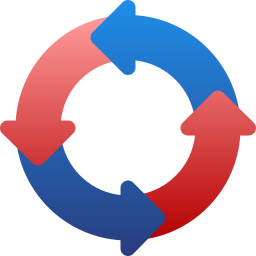EPMI has partnered with a variety of High Technology companies across physical product-driven manufacturing organizations and cloud-based SaaS companies. High Tech organizations require heavy capital investment in creating innovative products, and Cloud EPM fits in every stage of the product development lifecycle.
R&D
Oracle Cloud EPM has a purpose-built Projects module to create a detailed P&L by individual initiative. For high-tech companies, creating expense level baselines by project category is crucial to understanding the investment requirements to drive substantial product innovation.
As an R&D project culminates in a new product release, whether physical or digital, the projects module can be linked with the Capital module to transition capital-intensive research projects into revenue-generating assets. By capturing financial data at all phases of the product life cycle, companies can understand the labor, equipment, and time required to successfully release a new product. The capital module supports financial modeling across maintenance, depreciation, G&A, and revenue attribution to accurately reflect the profitability of any corporate initiative.

Use cases for SaaS firms are a bit less intuitive. When creating intangible assets like software, data releases, and intellectual property, Cloud EPM enables your finance team to depreciate the value over time like a common physical asset. Patent investment spend, for example, can be allocated across the life of the asset for a holistic understanding of your revenue generating assets.
Product Profitability
Product-based high-tech manufacturers need to budget and plan by individual product, whether at the product family or individual SKU levels of detail. With Cloud EPM’s patented Essbase multidimensional database, finance teams can input forecasted product expenses and revenue, while analyzing those projections across customer, channel, location, and other relevant dimensions. Finance teams can measure profitability as new products are released with updated actuals from source ERPs, as well as forecast scenarios based on projected customer activity.
Scenario Modeling
The great semiconductor shortage has had rippling downstream impacts on global supply chains as a whole. From delays in production to varying input costs, everyone from consumer cell phone manufacturers to the automotive industry has experienced disruption stemming from the supply side shortage of silicon and wafer manufacturing. In the global supply chain, combinations of increased consumer demand and variable geopolitical relationships have culminated in a shortage of semiconductor availability.

CMC Materials was able to modernize their planning processes with Oracle Cloud EPM.

SSI Group streamlined their budgeting process with Oracle Cloud EPM.
For more information, please stream our “Modernizing Manufacturing” podcast with real-world examples of how Cloud EPM supports finance and accounting business process improvement.

